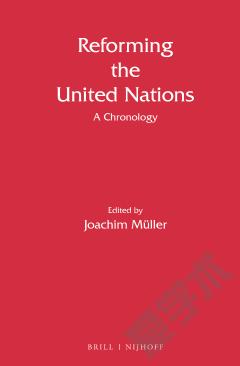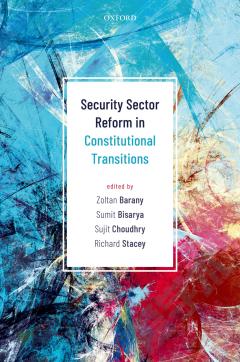United Nations Reform and the New Collective Security
Introduction: the new collective security Peter G. Danchin and Horst Fischer Part I. Law and Politics in United Nations Reform: 1. Things fall apart: the concept of collective security in international law Peter G. Danchin 2. Reflections on the politics of institutional reform Jan Klabbers 3. Great powers then and now: security council reform and responses to threats to peace and security Lauri Malksoo Part II. Defining 'Threats' to Collective Security: 4. Assessing the high-level panel report: rethinking the causes and consequences of threats to collective security Maxwell O. Chibundu 5. Collective security and the responsibility to protect George Andreopoulos 6. Responses to non-military threats: environment, disease and technology Joachim Wolf Part III. Prevention and Responses: 7. On the far side of conflict: the UN Peacebuilding Commission as optical illusion Dirk Salomons 8. The new peacebuilding architecture: an institutional innovation of the United Nations Ejeviome Oloho Otobo 9. The world summit process and UN sanctions reform: between rhetoric and force Jeremy Farrall 10. The UN response to the evolving threat of global terrorism: institutional reform, rivalry, or renewal? Eric Rosand 11. International justice and collective security: between pragmatism and principle Carmen Marquez Carrasco Part IV. Perspectives on the Ground: 12. Developing security in the eastern DRC: MONUC as a practical example of (failing) collective security Dennis Dijkzeul 13. Indirect power: a critical look at civil society in the new human rights council Elizabeth Salmon 14. Collective security: a village eye-view J. Paul Martin and Benedicto Q. Sanchez.
{{comment.content}}








 京公网安备 11010802027623号
京公网安备 11010802027623号